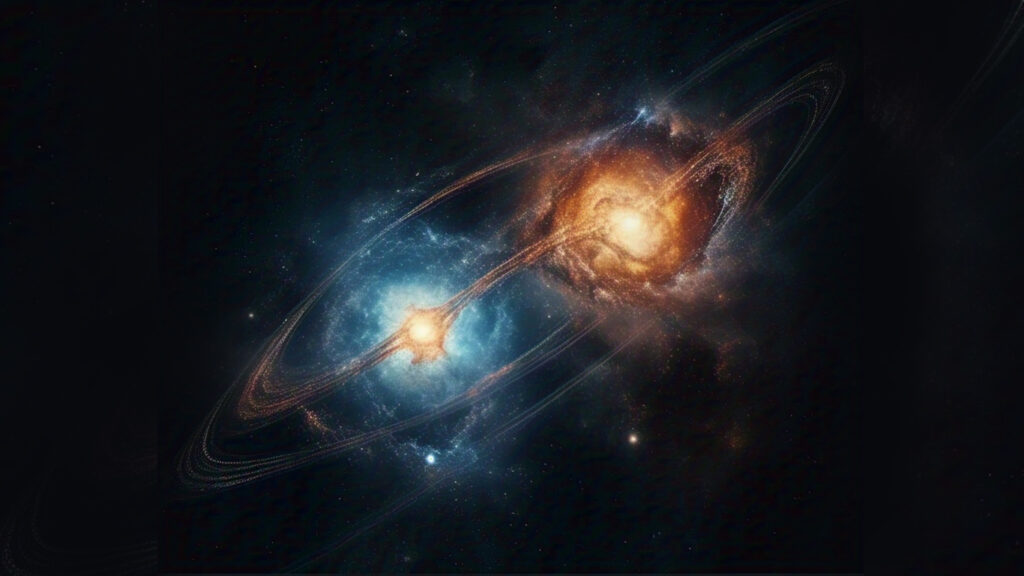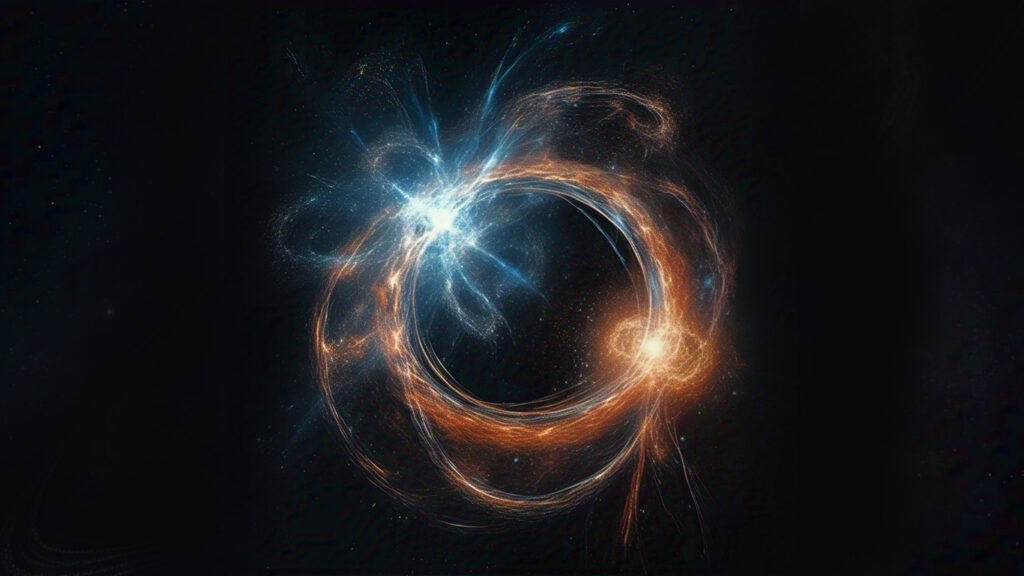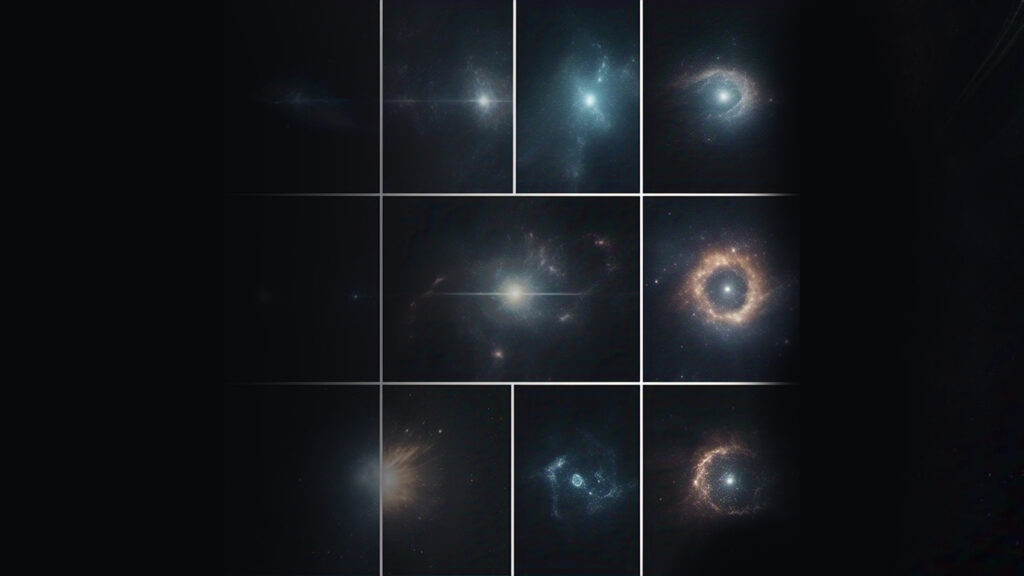
In the vast theater of our universe, one of the most captivating performances unfolds between binary star systems—pairs of stars locked in a gravitational embrace. While most popular astronomy focuses on extraordinary objects like black holes or supernovae, binary stars offer some of the most fascinating and consequential cosmic phenomena that shape our universe.
The Cosmic Majority
Contrary to what many might assume, single star systems like our Sun are in the minority. Over half of all star systems in our galaxy consist of two or more stars orbiting a common center of mass. Some estimates suggest that up to 85% of stars exist in multiple star systems, making our solitary Sun a cosmic oddity rather than the norm.
A Dance of Destiny
Binary star systems come in various configurations, each telling a different story of stellar evolution:
- Visual binaries: Pairs of stars that can be resolved through telescopes, appearing as two distinct points of light
- Spectroscopic binaries: Stars so close together they appear as a single point of light, but their dual nature is revealed through spectral analysis
- Eclipsing binaries: Systems where one star periodically passes in front of the other from our perspective, causing measurable dips in brightness
The most intriguing binary systems are those where the stars are close enough to interact—transferring matter, distorting each other’s shapes, and ultimately altering each other’s evolutionary paths.

When Stars Share: Mass Transfer
In close binary systems, as stars age and expand into red giants, they can grow large enough that their outer layers extend beyond what’s known as the “Roche lobe”—the region where material remains gravitationally bound to the star. When this happens, stellar material begins flowing toward the companion star in a process called mass transfer.
This cosmic exchange resembles a stellar version of vampirism, where one star feeds off the material of its companion. The receiving star can be rejuvenated with fresh hydrogen fuel, potentially extending its life, while the donor star may be left as a mere shadow of its former self.

The Cataclysmic Consequences
Some of the most energetic events in our universe are direct results of binary star evolution:
- Type Ia Supernovae: When a white dwarf in a binary system accumulates enough matter from its companion, it can trigger a thermonuclear explosion visible across billions of light-years. These explosions serve as “standard candles” for measuring cosmic distances and led to the discovery of the universe’s accelerating expansion.
- Neutron Star Mergers: When two neutron stars in a binary system spiral inward and collide, they produce gravitational waves, gamma-ray bursts, and create heavy elements like gold and platinum in a process called kilonova.
- X-ray Binaries: Systems where a neutron star or black hole pulls matter from a companion star, heating it to millions of degrees and creating powerful X-ray emissions.

The Mystery of Our Existence
Perhaps most remarkably, binary stars may be responsible for our very existence. The heavy elements essential for life—carbon, oxygen, iron—are forged in stellar furnaces and scattered through space when stars die. Binary star interactions are among the most efficient mechanisms for distributing these elements throughout galaxies.
The gold in your jewelry, the calcium in your bones, and the iron in your blood may all have originated from ancient binary star systems that lived and died billions of years before our solar system formed.

Looking to the Night Sky
The next time you gaze upward on a clear night, remember that many of those twinkling points of light are not solitary stars but dynamic duos engaged in a cosmic dance that has lasted billions of years. Their gravitational tango not only shapes their own destinies but also seeds the universe with the building blocks of worlds and, ultimately, life itself.
In the grand cosmic perspective, binary stars remind us that even in the cold vastness of space, connections matter. Nothing in our universe exists in true isolation—everything is influenced by and connected to everything else in a complex, beautiful cosmic web of relationships.
And that, perhaps, is the most profound lesson binary stars can teach us.
